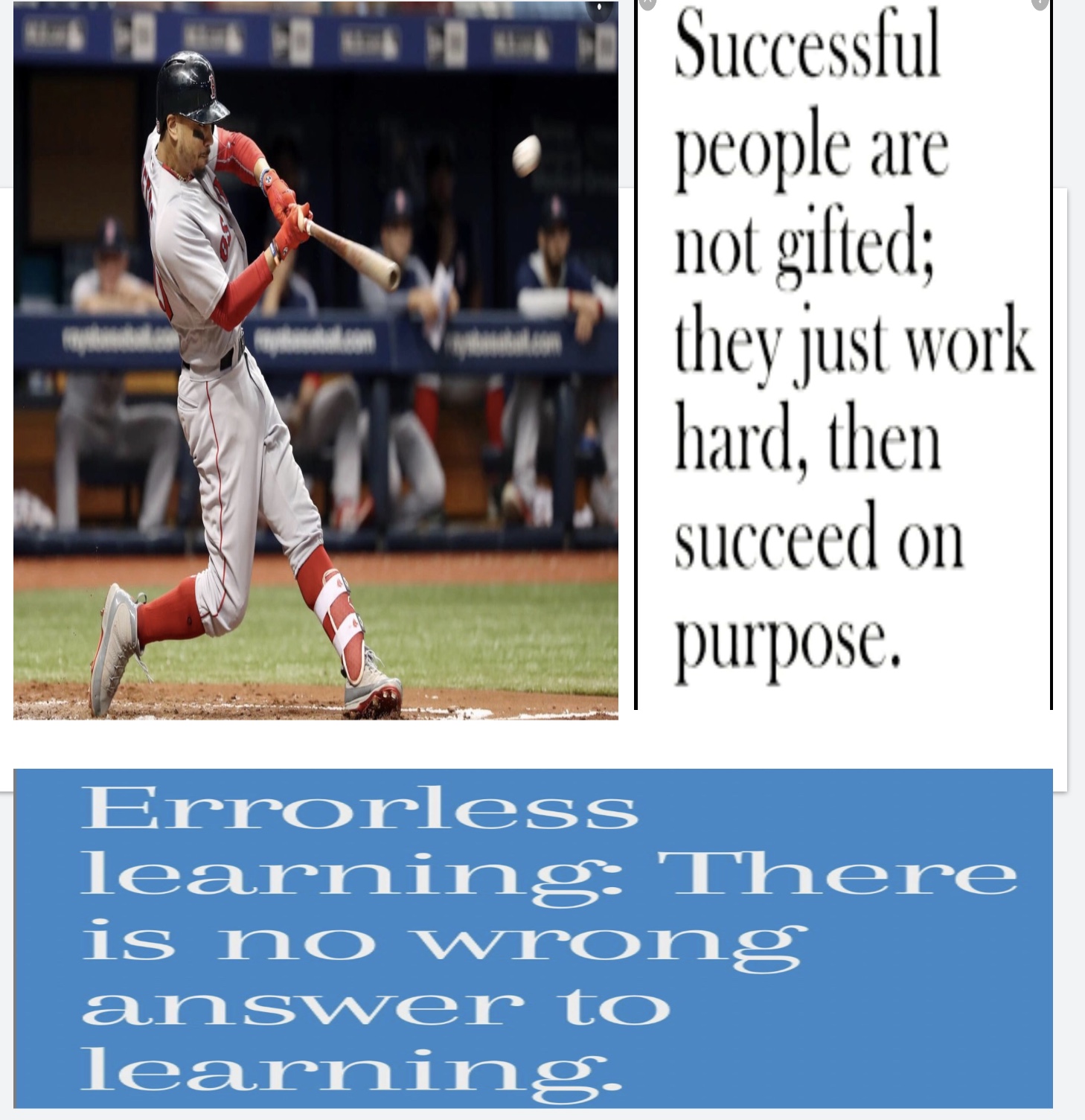
This week’s Swing Attractors article is written by Chris Malveaux, Assistant Softball Coach/Hitting at the University of Tennessee. Coach Chris has been apart of multiple different college softball teams, from McNeese in the early 2000s, to Louisiana-Lafayette & Bradley in the 2000 teens, to most recently in the S.E.C. with stops at Missouri and Tennessee. Here is his perspective and philosophy and glimpse into the college hitting process.
The world of college softball is in the middle of an offensive surge. We have seen a jump in runs scored and power numbers. In an overall incredible sport that is totally addicting to watch, seeing the growth is very exciting.
In a game that used to be dominated by small ball, 1 – 0 final scores, and overpowering pitching years back, we’ve seen a bit of “catching up” when it comes to today’s hitters. Even though in today’s game where pitchers have to continue to evolve too and there are many more pitchers throwing with high velocity and even touching 70 m.p.h. than ever before — plus with high speed video & technology to measure spin rates, they are also changing speeds, creating more vertical/horizontal break, tunneling, all with added deception, yet despite better pitching metrics, hitters have continued to evolve and adjust and get better as evidenced by the data and charts below.
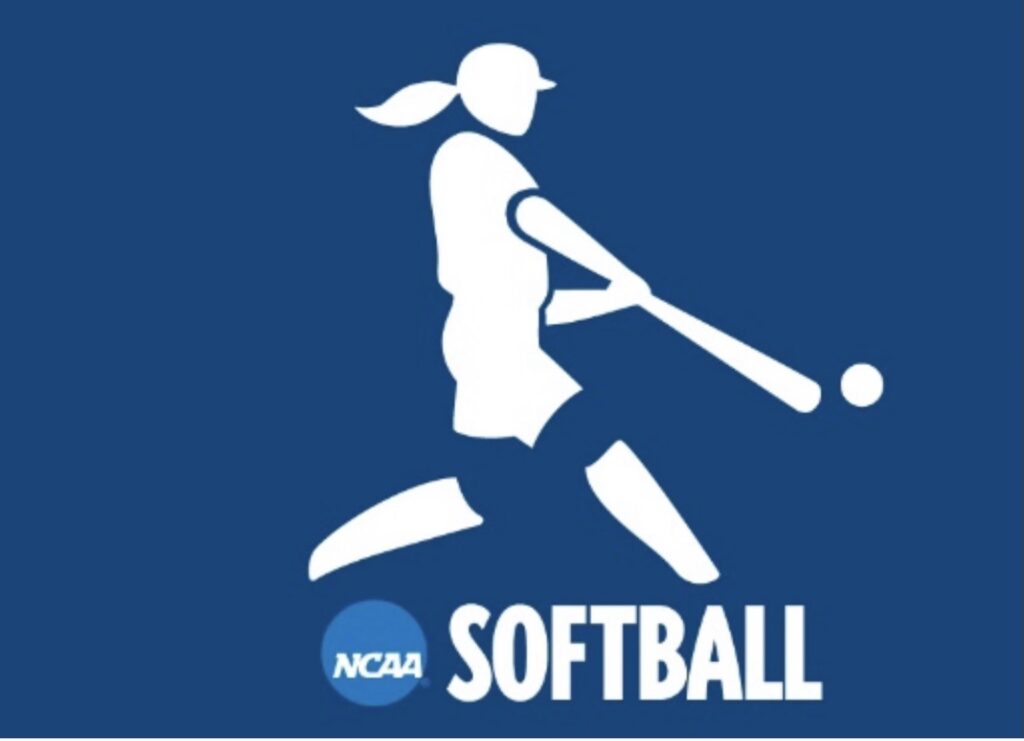
A couple of cool things to be aware of when realizing this information can be seen in the following excerpt from a blog post that I did in a statistics class that I took this past spring:
Scoring has jumped up tremendously over the years through training, research, and scouting. There is so much more information out there with video and physical training that has caused an incredible increase in scoring. As I researched the data in college softball from NCAA archives
http://web1.ncaa.org/stats/StatsSrv/rankings?doWhat=archive&rpt=archive&sportCode=WSB
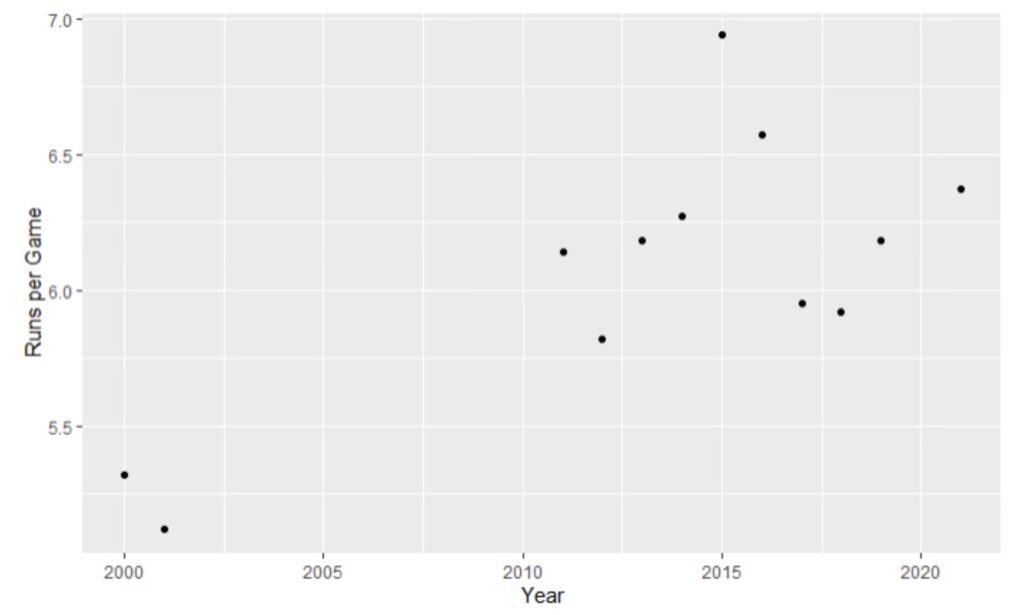
Here we see the difference in eras from the 2000 and 2001 seasons and into the latest decade of what the average runs per game looked like in the top 35 leaders in scoring across the country.
NCAA Softball Slugging
When seeing the affect that slugging percentage has had on baseball, it only made sense to take a deeper look at the same relationship with softball. The growth in collegiate slugging percentage has been incredible.
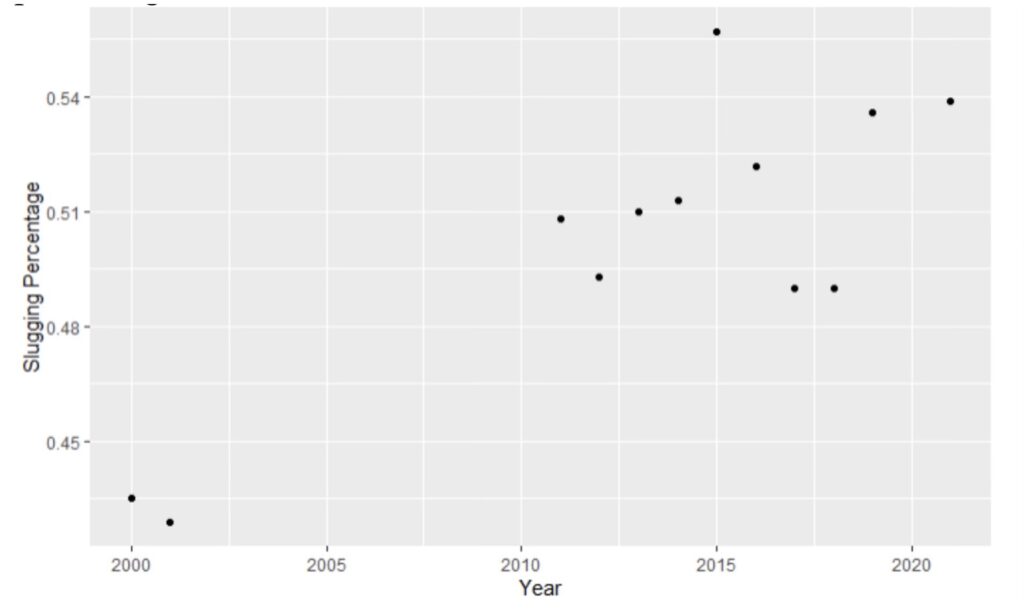
We can see that the plots are almost identical between the scoring and the slugging percentages. When looking for the correlation, I analyzed the NCAA Softball scoring data thru the last 10 seasons as well as an overall glimpse of scoring and slugging.
From 2011 – 2021 (excluding the 2020 season), there’s a 92% correlation between NCAA Softball runs per game and slugging percentage. I found that to be incredible. We can see how Slugging Percentages have jumped in the last 20 seasons just like Scoring has in the top 35 leading programs in slugging percentage across the country.
BLOG TAKEAWAYS
So, after looking at this piece from the blog, what do we take from this? The challenge is that when facing good pitching, how are you supposed to increase Slugging Percentage?
In a nutshell:
- We try to hit the ball hard as often as possible, and
- keep it off the ground.
- Slugging Percentage has the top correlation with scoring runs than any other offensive category. If you don’t slug, you can’t score at the same rate. Are there exceptions to the rule? Sure! Do you coach to the exception that happens maybe 5 – 10% of the time? I don’t believe in that.
- Remember that OPS+ (On Base Percentage and Slugging Percentage) is almost a direct correlation with scoring. For what it’s worth, I looked into how strong OBP is when predicting runs scored and there was an 80% correlation. With OBP having a decent correlation, it wasn’t as strong as Slugging Percentage.
- You need both, but you REALLY NEED TO SLUG! When you find teams that excel in both, then you’ll find a team that scores.
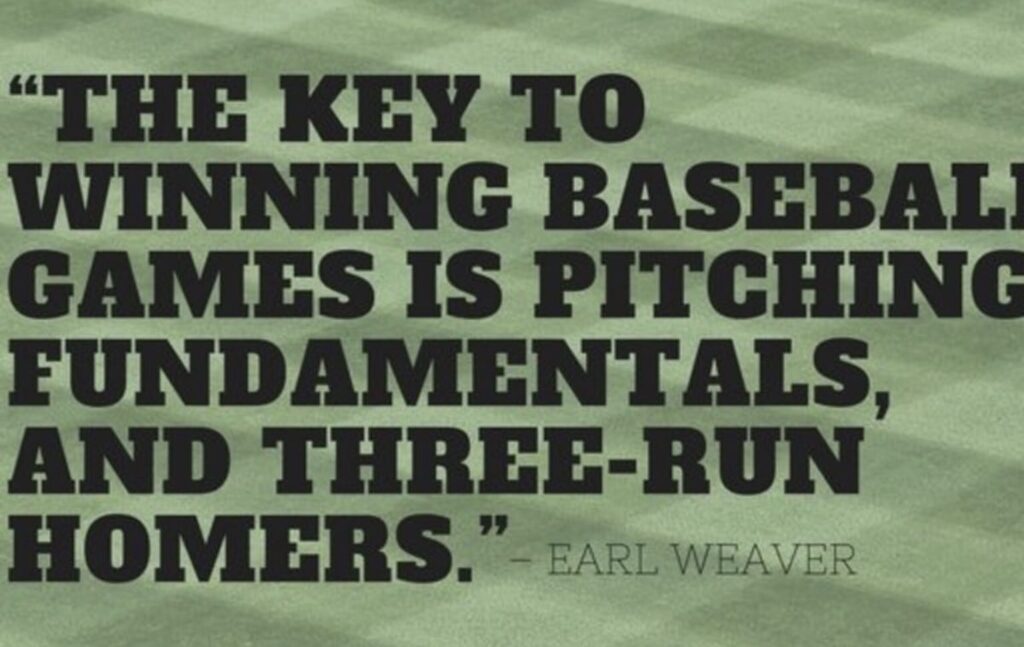
HOW DID IT BEGIN?
I began searching for ways to get my hitters to hit more like the better ones that we would face. I would study insane amounts of video – really watching video on high level softball players along with high level MLB players. It was becoming more and more apparent that so many great hitters were doing things very similar to one another. The following video with JD Martinez talking about his evolution mirrors what was going thru my mind as a coach at a young age:
JD Martinez Interview About Changing
When looking for growth, there are almost no better tools in the coaching world than video and an open mind. Today we have so many gadgets available that give us metrics on anything we can think of. If you’re searching for the answers, you can find them.
SO HOW DO WE DO IT? PLAYER DEVELOPMENT!
In my experience in coaching in college in the past 20 years, PLAYER DEVELOPMENT is absolutely crucial! What does that mean?
- Players have to get better. That is our job as coaches. We owe our players to do everything we can to try to find the best ways to help them. Don’t get me wrong, the games are fun! But to me, I love practice the most. That is when the “real magic” happens.
- Many coaches look for the magic drill, the magic saying, … some form of overnight act to make an athlete better. This is where coaches get off track when coaching.
- Player development can be boring to some people because it can be a redundant process.
- When talking about skill acquisition and motor learning, repetition of the correct movement is key. There are no short cuts. These skills have to be mastered. In this case, the swing has to be mastered.
- Can we perform the right mechanics over and over on a rise ball? On a drop ball? On a curve….etc. Things don’t magically happen in games that we don’t practice. At Tennessee, we look to prepare for anything that we’re going to see at some point.
- But we consciously talk about “how” as well. Adjustments in games will always come from our preparation. Does that guarantee that everything happens the way you draw it up? Not quite.
- We always have something to go back to and improve on. That’s the process of PLAYER DEVELOPMENT.
Having the right amount of patience is crucial in this process. “Rome wasn’t built in a day”. When we expect players to be All Americans in a short amount of time, we apply too much unnecessary pressure on them that interferes with their potential output.
Let’s look at the process of some of the greatest to do it. In major league baseball, we love our superstars. We love Mike Trout, Aaron Judge, Jose Altuve, Juan Soto….but we don’t see their journey. When you look at their development, there are some mechanical, visual, and mental adjustments that are made.
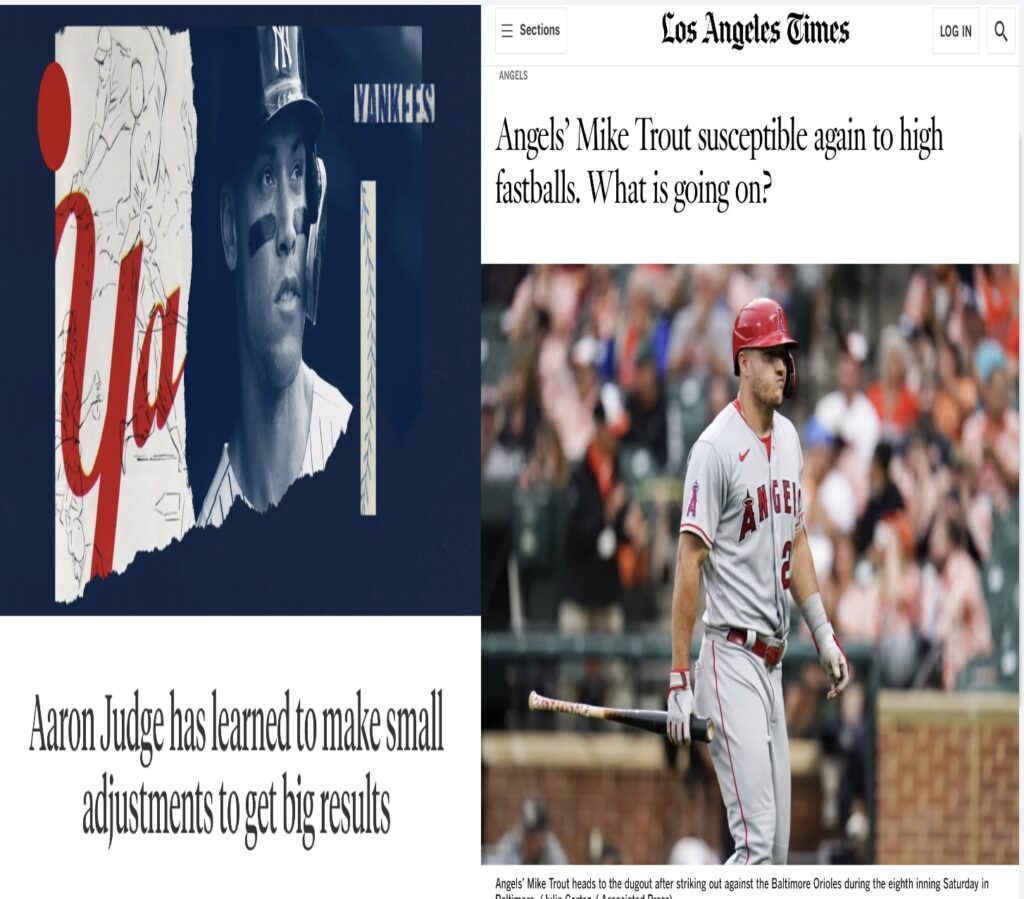
In the absolute best case scenario, you’re looking at 1 – 2 years of work that it takes after they get drafted for them to become what you see. And trust me, it is more than the 8 hour per week individuals that colleges are allotted in the fall plus the 45 day window.
That’s getting up early, hitting for a couple of hours in the morning, hitting the weight room, studying video, going back and hitting for a couple more hours in the afternoon. That cycle is redone – for months before they play their 5 – 6 month season. Remember, this is the absolute best case scenario. Make sure we keep perspective on how long things can take.
Different players have different timelines on when they hit their potential. No 2 are the same. We must continue to adapt and do our due diligence to help them develop in any way possible. Patience is a virtue that we must display when going thru this process and helping our players control their own perspective.
I can’t emphasize enough how much as coaches that we need to “stay with it”, and understand there is no set timeline — motor learning varies for each individual. And even when they get to that point where their swing is on target and they are performing at a high level, that “groove” or feeling can be lost or needs some ”tweaking” and we need to help them get back on track.
LEARNING ENVIRONMENT
Player development ”REQUIRES” a positive “Learning Environment”. To many, they refer to this as culture. What does a positive learning environment look like to me?
- In my opinion, whatever is the best way to learn ( visual, audio, feel, drills, gadgets, etc.). WHATEVER.
- When I was at Mizzou, my goal was to create an environment where the players were free to fail and where we promoted dialogue.
- If you put yourself in an athlete’s shoes, they’re dealing with so many things in their lives. School, family, significant others, and just regular stresses that come socially for them at that age. We live in a different time now than when we were growing up. There’s a lot more put on the shoulders of these athletes nowadays.
- One thing that I didn’t see ahead of time from the learning environment created at Mizzou is a scenario where I was able to learn from them.
- Feeling free to dialogue created an environment where the athletes let me know what was helping them and what didn’t. In those conversations, it helped us channel our development protocols and in game approaches.
At Tennessee, many players were probably shocked with a new system that I was bringing in. It would be ridiculous for me to believe that these players would be grooving in year one. We were still able to have a pretty good year thru our leadership on the team. Some very high bars are now set for the future, while shedding light on some target areas that we need to cover.
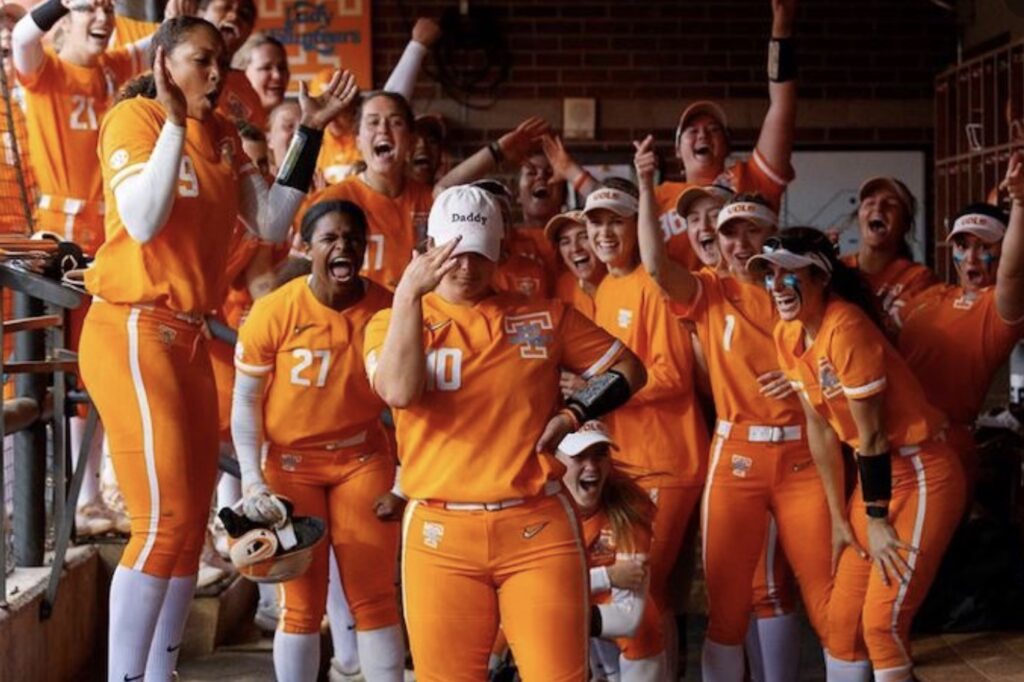
We wouldn’t have had our success without open communication and the freedom to fail. I like it when our players speak their minds and let me know what they’re thinking. That’s the only true way to get to where we want to go.
PHYSICAL COMPONENT
This is an incredibly important part of development. SWING MECHANICS MATTER! If you want to cover the zone and be as efficient as possible with your body when swinging, then you better have proper swing mechanics – especially if you want to succeed as high of a level as possible.
You’ve seen a ton of mechanical pieces in these SWING ATTRACTORS’ articles by Coach Mike. With every great hitter, we see:
- how the body works and what movements can trigger other movements.
- It starts with loading the pelvis and creating a solid timing window. Using your body as efficiently as possible from the ground up is key.
- How you train in the weight room is also key. We want our athletes to be strong, but what does that mean? In my mind they need the proper strength to coordinate in what they’re doing.
- They need to be strong, explosive, mobile, and have the ability to control and be fluid. All of these things can be trained and improved on. They’re necessary for these athletes to perform at the highest level possible.
- If you have a strength coach, I would advise sitting down with them and get on the same page with how you want to move and how you want to get “stronger”. I do this at the beginning of every year. The weight room and performance go hand in hand with success. If there are deficiencies in strength and/or movement, there can be inadequacies in swinging, or worse – injuries.
In the early stages of skill acquisition, we start off simple with what we’re training to do as we’re in our “Errorless Learning” phase.
“Errorless Learning” was introduced by a behavioral psychologist named Charles Ferster back in the 1950s. This concept explains how we can increase the rate of learning when we can control the environment and they can recreate the desired skill over and over without error.
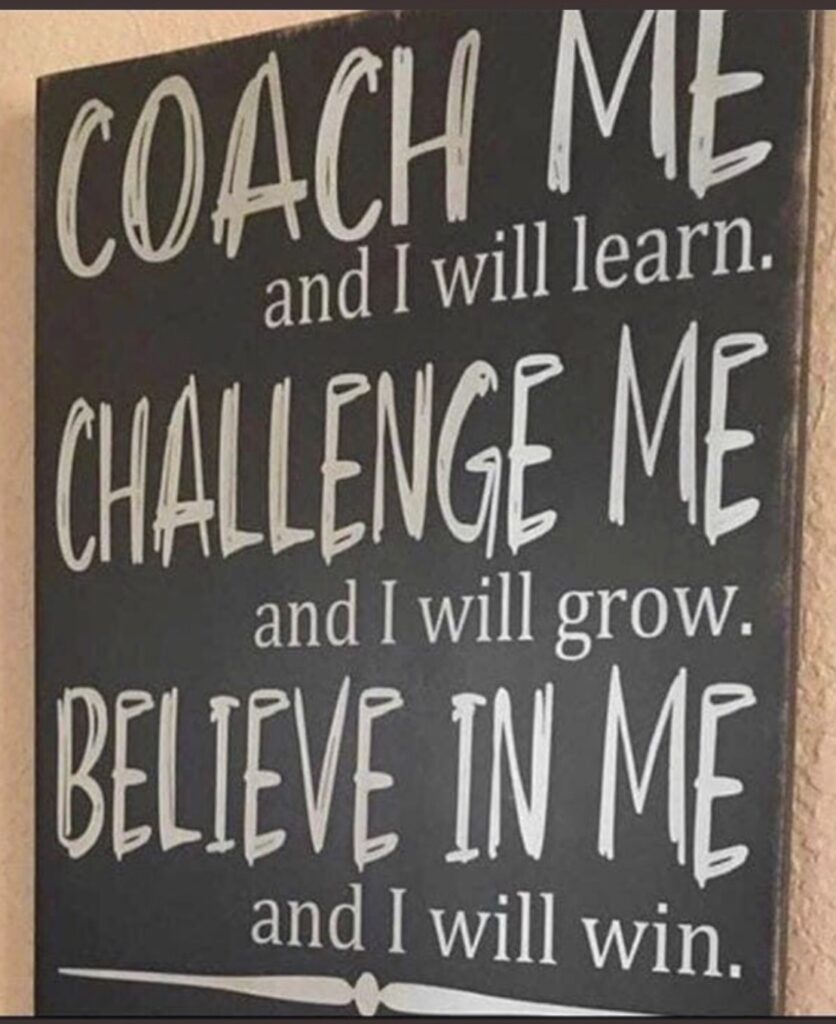
For example, it probably wouldn’t make sense to have a machine set on some wicked pitch while trying to master a new swing. “Errorless Learning” is vital when it comes to creating a point of reference to come back to for the athlete when they’re struggling. This also helps with performing under pressure in the future.
In my opinion, creating a base for them is an incredibly fundamental necessity and is vital when working to reach their potential. Ideally, if you can work 2 – 4 weeks on straight repetition this way in the beginning of the fall (for colleges), you have a better chance for setting yourself up for success in the future. If you go straight into randomizing right away, there’s no fundamental base created and it makes it a little more difficult when looking to create sustainability.
Also, I like to give them “training wheels” in the very beginning with detail instructions, but as they begin to understand the concepts I try to “back off” on immediate feedback too often. They need to learn to feel what they’re trying to do and start learning how to self-correct as soon as possible. Again, not all athletes are working with the same development clock. Some get it faster than others and we must understand each athlete individually. If you back off and realize that a hitter is falling off track and swimming in the deep end, then you need to step in. If someone is grooving and has one bad swing every now and then, it’s good to back off and let them self-correct.
REPITITIONS
One thing that I can’t stress enough is how important the number of repetitions are. I believe that the more repetitions that you take over time, the better you will be. The repetitions must have intent. There are high level MLB hitters that take 400+ swings a day. This is very important when learning a new mechanic. Here’s another video with JD Martinez on his journey with swing maintenance and how important repetitions are to him:
JD Martinez on repetitions and what he focuses on
We try to get as many reps as possible during the week so that we don’t need as many on game day to get going. In the fall, you’re “making deposits in the bank” and continuing to build. In my opinion, this is the most crucial time period in skill development. Building is always happening with hitters, but there are more opportunities in the fall to address more drastic issues.
VISUAL COMPONENT
Recognizing what the ball will do with different releases can be trained with repetition. Pitching machines can play a huge role in this. Obviously you want work on your mechanics, but repetition in a game like distance will create data in your mind that can be triggered in games. For instance, the more you work on a drop ball off of a machine and master it, the better you will do off it in games due to familiarity and recognition. But understanding what a pitcher’s body may do different will help as well.
We hit off of machines on a daily basis – always working on something. We try to cover every type of movement pitch in the fall and keep it fresh in the spring. (For a full recap of visual training, see the past 5 articles on SWING ATTRACTORS – Just Swing at Strikes, The Eyes have it, Chess Match, Thinking Fast-Thinking Slow, My Eyes See & My Hands Do).
MENTAL COMPONENT
- We always want our hitters to feel as though they are the aggressor.
- They must have confidence in what they’re wanting to do. Hitting is the hardest skill to perform in sports. If a player has doubt in their mind about getting into the box, then the AB is over.
- The more they are prepared, the better the chance of them being confident.
- Again, repetition is the magical piece.
- Recreate a pitch, simulate a sequence, challenge them daily – all of this will make them “mentally tougher” if they continue to learn and conquer these tasks.
- The actual skill has to be developed. There’s no magic potion.
- We watch a ton of video on who we’re going to play.
- We try to simulate what they throw on machines.
- We work on recognition and decision-making every time we throw BP. In my opinion, you should also mix in change of speeds as hitters are figuring things out. No need to pitch meat balls over and over if a hitter is ready to move on. If they constantly see change of speeds and understand how to make the physical adjustment to hit it, then they will get better at it.
I mentioned earlier how much we like to use machines to train. Once your hitters graduate from being able to hit different pitches in the zone, it’s good to start randomizing and working in more BP/front toss as part of their training.
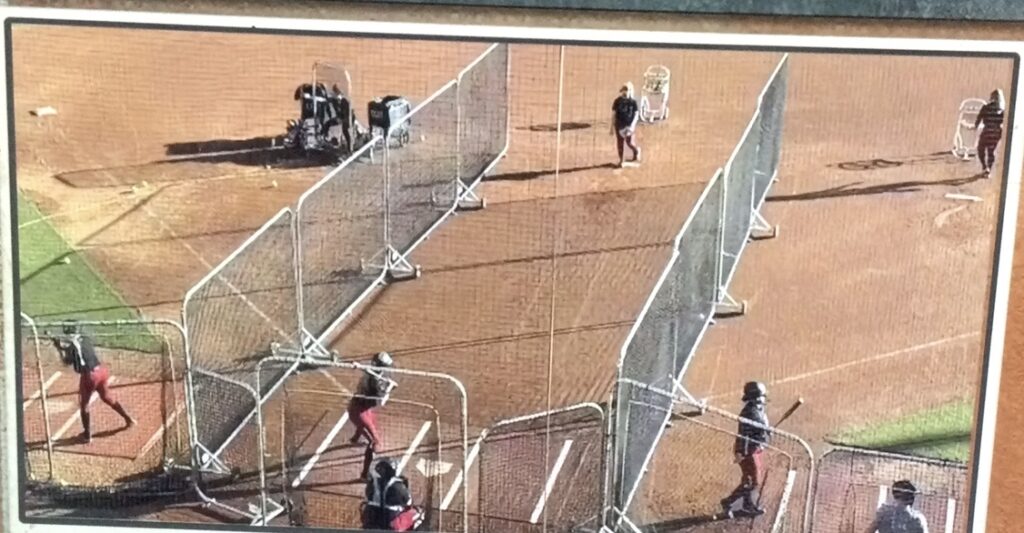
This is important going into your team practice in the fall when you’re getting close to hitting live or scrimmaging. Obviously this needs to be done much more often in the spring. This really helps with decision making and keeps them in that mindset.
Another thing to consider is the emotional component of getting caught up in world of competition. We can get caught up in results a lot. A player gets into a “slump” and struggles for 1 or 2 weekends, they strikeout 3 times in a game, they chase a pitch in the dirt….these are all things that we, nor the players, want to do. I’ve never heard a player tell me, “I’m going to strikeout every at bat tonight”.
Failure is part of the game. Strikeouts are going to happen. Pop ups are going to happen. But as coaches, it is our job to keep their “eye on the prize” and focus on the next pitch. Creating an environment of stress will only make things worse.
We try to learn from each at bat as much as possible. Remember, we want them to be the aggressor. They can’t be that in a stressful environment. Perspective is everything in performance. We must keep them focused on the task at hand and attack it.
COACHING JOURNEY
There is still room for growth and we’re looking to improve this upcoming season. There are many things to get better at which is probably the most exciting part of coaching. The constant challenge is addicting.
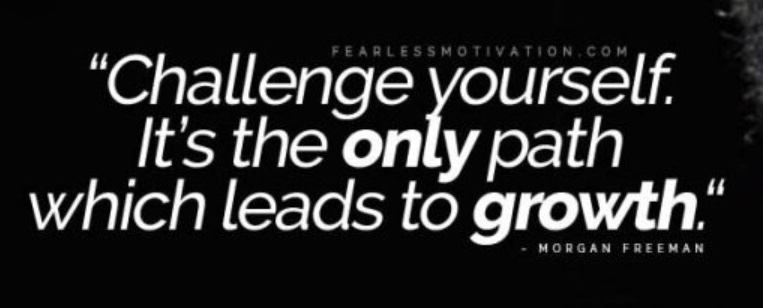
We can’t get stagnant in our journey and think that we have all the answers. We can’t do things the way they were done when we were growing up. There’s always a way to do it better and we must relentlessly chase it. Coaching is a continuous process and we must stay on the journey.
Good luck to all of you starting school in the fall. Enjoy the grind!
About the Author
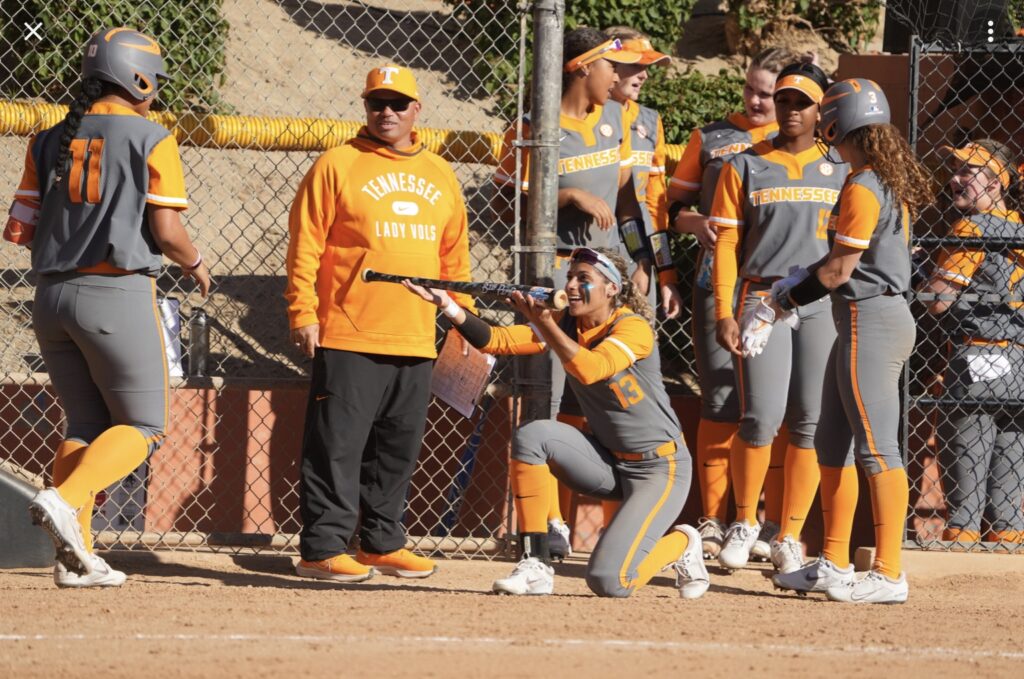
Chris Malveaux, a 20-year collegiate softball coaching veteran and native of Houston, TX, has specialized in the offensive side of the game. He is the assistant coach at Tennessee, with stints at the University of Missouri, University of Louisiana-Lafayette, Bradley, and McNeese on his resume. In his time in the SEC, Malveaux has rejuvenated 2 different offenses since 2019. His Missouri offense led the conference in scoring in conference play in 2021, as well as on base percentage and slugging percentage. In 2022, Tennessee’s offense moved up to 2nd in scoring, on base percentage, and slugging percentage in conference play. Malveaux has also spent time with Team USA this summer.
He is married to Kate Malveaux who is also in the coaching ranks. She is also currently coaching at Tennessee. They have two kids: Gabe (5) and Ellie (4) and reside in Knoxville, TN.
